Awesome stories about Indian tea drinking habit You want to know?
What is tea in India called? What is the national drink of India?
The name “chai” is the Hindi word for “tea,” which was derived from “cha,” the Chinese word for “tea.” The term chai means a mix of spices steeped into a tea-like beverage. Recipes for chai vary across continents, cultures, towns and families. But the traditional ingredients of a spiced tea usually include black tea mixed with strong spices like cinnamon, cardamom, cloves, ginger, and black peppercorns. The spiced tea is typically brewed strong with milk and sweetened with sugar or honey.
The origin of chai dates back more than 5,000 years, when a king in what is now India ordered a healing spiced beverage be created for use in Ayurveda, a traditional medicinal practice in which herbs and spices are used for healing. A variety of indigenous spices would be used to prepare the healing drink depending on the region of the continent or even the neighborhood where the beverage was being made.
Original versions of “masala chai,” or “spiced tea,” contained no actual Camellia sinensis tea leaves. The addition of tea, milk, and sugar were popularized thousands of years later (in the mid-1800s) when the British created the now famous tea-growing regions of India and popularized tea as a beverage.

Who is the father of tea?
Lu Yu because of his book, “Tea Classic” is considered to be the “Father of Tea” in Chinese history. When he was a young boy, he was abandoned and Chi Chan, abbot of the Dragon Cloud Zen Monastery, adopted him. Lu Yu was brought up in the Zen tradition but decided to pursue the more poetic and scholarly ways of the Confucian tradition. After writing his “Tea Classic,” he attracted many students and became a friend of the Emperor.
Legend has it that the first person to drink tea was a man named, Shien Non Shei, who one day took his wife and children mountain climbing. During the climb Shien Non Shei became quite thirsty and while he was feeling thirsty a leaf drifted onto his foot. He picked this leaf up and twisted the leaf with his fingers. The juice of the leaf went on to his fingers and he tasted the juice with his tongue. The taste of the juice was quite bitter, so Shien Non Shei felt that this leaf could have medicinal properties and could help quench thirst, when brewed. Thus, according to legend he was the first individual to drink tea.
The first written reference of tea made and consumed appeared in 350 A.D. Kuo P’o’ updated an old Chinese dictionary to include the description of tea as “a beverage made from boiled leaves.” Tea during this time was made of leaves boiled in water with ginger, orange or other produce added to it. Although tea was mostly consumed for medicinal purposes to treat digestive and nervous conditions, people living in the interior part of China pressed tea into brick “currency” to barter with other tribes.
From 350 to 600 A.D., the demand for tea dramatically increased and outstripped the supply of wild tea trees. Farmers began to grow tea plants in the Szechwan district, but soon tea cultivation had spread throughout China.

Who had tea first China or India? Did England get Indian tea? Who first introduced coffee in India?
Tea as part of the Chinese culture was epitomized by the book “Ch’a Ching” or “Tea Classic” written by Lu Yu in 780 A.D. This three volume book covered everything related to tea from the proper techniques to growing plants to brewing tea.
From 350 to 600 A.D., the demand for tea dramatically increased and outstripped the supply of wild tea trees. Farmers began to grow tea plants in the Szechwan district, but soon tea cultivation had spread throughout China.
Tea became a beverage to be enjoyed by everyone, rich and poor, Chinese and Europeans. The first written mention of tea in Europe was in Gaimbattista Ramusio’s book “Voyages and Travels.” He was a secretary of the Venetian Council of Ren, and he wrote about the health enhancing properties of tea. In 1606, the Dutch East India Company imported the first shipments of Chinese tea. Tea consumption spread throughout Europe, Africa, and the rest of Asia. In 1773, a group of U.S. colonists protesting the taxation of tea by Great Britain, boarded a ship from the Dutch East India Company and dumped its cargo of tea. This event known as the Boston Tea Party is the reason why tea is not subject to import taxes today in the United States.

Who got Indian tea?
Today, thanks to the British, India is the largest tea-producing country in the world after China. The British not only introduced tea plantations in Assam and Darjeeling but also initiated tea production in other regions in the northeast, north and south of India.
The growing British consumption of Indian tea encouraged constant expansion in the industry. The number of plantations increased. By 1888, the export of tea from Assam, Darjeeling and other mountain regions to Britain surpassed that of China. Arup K. Chatterjee writes, ‘By 1888, Indian tea exports into Britain were over 86 million pounds, exceeding China’s 80 million pounds.’ Author Erika Rappaport mentions in her book, A Thirst for Empire: How Tea Shaped the Modern World (2017) that the virtues of Indian tea were extolled in Victorian London to highlight China’s backwardness and deceit. Large volumes of adulterated Chinese tea were seized by the Customs and thrown into the Thames. In contrast, Indian teas were advertised to be more wholesome and aromatic than Chinese teas. They were declared to be purer, stronger, cheaper and better in every respect. The Darjeeling and Assam varieties were packed in ostentatious wooden boxes and sold by tea stores in London.
The tea[…] was intended solely for export to the West, though it passed through the port and (after 1861) the auction market of Calcutta, where a tiny fraction of the native population—principally the Anglophile bhadralok elite as well as ‘office babus’ employed by British firms— began to partake of the foreign beverage, produced by steeping in china pots and usually supplemented by hot milk (considered essential to reduce the ‘bite’ of the strong-liquoring Assam leaves) and sugar. (p. 13)
However, the fluctuating auction prices at London and the inherent difficulties of long-distance transport would occasionally make the planters and officials of the British East India Company muse over the possibility of a domestic market for the product. In 1901, Viceroy Curzon commissioned an experiment to introduce tea to Indians in select areas. But, despite modest success, the effort was abandoned in 1904. The Indian Tea Association, founded in 1881, mentioned in its annual report that despite three years of effort, the results were not good enough to indicate a promising market in India. An already well-established cultural preference for other traditional beverages like sharbats made the general public baulk at the prospect of trying it out.
Lutgendorf further mentions, ‘Advertising during the first three decades of the twentieth century […] was largely aimed at resident Britishers and the Anglophone elite who aspired to their lifestyle. It celebrated tea as a natural product of a colonized and “tamed” jungle, raised in geometrically arrayed and manicured “gardens” and picked by dark-skinned, subaltern women, who offered it at a gleaming white table to equally white consumers […]’ (pp. 13–14). As long as the financial returns from the exports were profitable, there was little inducement to pursue a domestic market that would inevitably yield a lower return.
Viceroy Curzon introduced the Tea Cess Bill in 1903 to tax the Indian tea trade, raise a fund and promote marketing. The Tea Cess Committee made sporadic and small-scale attempts in select public venues to promote tea. The first and most important place where these experiments were conducted was the Indian Railways. Not only were free cups of prepared tea distributed to the public at the Howrah railway station in Calcutta, but paper packets of tea (of such quality that would not find favour at auctions) were sold to them for one pice (a monetary unit of very low denomination in British India). The British method of brewing tea—by pouring boiled water onto the tea leaves in a china teapot, straining the liquid into a teacup after it had brewed, and adding some milk and sugar to it—was also demonstrated to the public in the tea stalls set up at the railway station at Howrah. Despite these efforts, by 1930, only a small fraction of the Indian population had developed an affinity for tea and more than 90 per cent of the crop continued to be exported.
It was only with the onset of the Great Depression, which began in 1929, that the domestic market suddenly began to seem more appealing. International tea prices dropped sharply in the early 1930s. By 1935, planters were faced with the problem of unsold, surplus tea of more than a hundred million pounds. Around this time, the Tea Cess Committee was reorganized as the Indian Tea Market Expansion Board, a precursor to the present Tea Board of India. Armed with an expanded budget, it embarked upon the largest and most aggressive marketing campaign in the history of the Indian tea industry. Lutgendorf, detailing the campaign, writes, ‘[…] “tea propagandists” were now dispatched in the hundreds, sometimes in motorized “tea vans”, equipped to dispense millions of cups of free tea and comparable numbers of “pice packets”, and to display colourful, vernacular-language signage produced by leading commercial artists’ (p. 15).
Enamel placards were put up at railway stations, markets and festivals that not only advertised tea and its health benefits but also gave detailed instructions on the correct British method of brewing it. Demonstration teams were also present at these places for the same purpose. In the 1930s and 1940s, vehicles decorated with large kettles travelled to the urban and semi-urban areas of Bengal to advertise tea and demonstrate its method of preparation. Tea was now touted as a medium for women’s awakening. It was advertised as a progressive and empowering tool for smart, modern homemakers, who understood the importance of good nutrition and domestic hygiene. The Indian Tea Market Expansion Board urged factory owners and office managers to offer afternoon tea breaks to workers that would result in a more alert and productive workforce. Keeping in tune with the spirit of the Independence movement, tea was now championed as India’s national beverage that unified the country’s diverse religious, linguistic and caste groups.
This campaign created tremendous awareness among the public about tea. The marketing strategy of offering free samples of prepared tea and low-priced single-use packages was so successful that it was adopted by private tea companies like Brooke Bond, Lipton and A. Tosh & Sons. Brooke Bond (founded in England in 1869 by Arthur Brooke) and Lipton (a British firm founded by Sir Thomas Johnstone Lipton that ventured into tea business in 1888) were the two foreign companies, which dominated the tea trade in India in the twentieth century. Brooke Bond carts would travel around Calcutta and make free tea for those who were interested in trying out the beverage. Free samples of packaged tea were also distributed by these two companies in the villages. Indian firms like A. Tosh & Sons (founded in Calcutta in 1897 by Ashutosh Ghosh and his eldest son, Prabhash Chandra Ghosh) capitalized on the ‘Be Indian, Buy Indian!’ sentiment and marketed their tea as a swadeshi product.
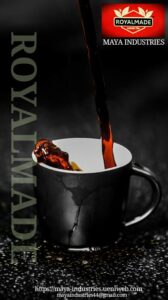
Unsurprisingly, with so much advertisement, drinking tea caught on with the locals of the city. Bengalis began calling it ‘cha’. On witnessing this growth in tea consumption, many local entrepreneurs ventured into the business of selling tea leaves. Inspired by the British, local vendors, armed with stoves and kettles, began selling tea on the platforms of the historic railway station at Howrah and even on the roadsides, serving the beverage in small glass tumblers. However, the majority of the locals made tea by boiling the leaves with milk, sugar and spices like pounded ginger or crushed green cardamom pods. The quantity of milk used in the preparation was far more than the British could have ever imagined. It has been difficult to trace the source from which this method of tea-making originated—whether it was the roadside or the railway platform tea vendor or the overburdened homemaker. But it horrified the British because they had failed to teach the Indians how to make the beverage the ‘correct way’.
It was only the city elite who made tea the British way and the variety that was preferred for this method was the ‘Champagne of Teas’. Since Darjeeling tea is a light-coloured and thin-bodied variety that is best taken without milk, it made no sense to boil it with milk, sugar and spices. It is too fine and upscale in quality, flavour and aroma to be treated in that manner. In contrast, Assam tea is a robust and full-bodied variety that is too strong to be taken without milk. The prices of these teas are also another very important factor that determined the customer base. Compared to Assam tea, the Darjeeling variety is difficult to grow. The soil and climatic conditions, and the high altitude in which it is grown, give it a lot of flavour but make its growth slow. Darjeeling tea also has a shorter harvesting season and is produced in smaller quantities. All of these factors, along with the fact that it is better in quality, have made it the more expensive one. In contrast, Assam tea has always been more accessible price-wise and the preferred variety for most who make tea the Indian way. In 1903, Brooke Bond launched Red Label in India, which is still a popular brand of Assam tea.
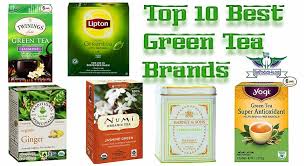
What are the different types of tea produced in India?
Tea during earlier times was made from loose leaves steeped in hot water. Different methods to process tea originated during this period, which as a result led to different types of tea such as green, oolong, and black teas.

Which state is known as tea of India?
Assam, situated in the northeast of India, is one of the largest tea producing regions of the world. The state of Assam is known as the tea garden of India. Every year the collective yield of the tea gardens is over 1.5 million pounds of tea. The Assamese tea is majorly grown in the Brahmaputra Valley and is brightly coloured. Jorhat, in the central part of the valley, is often known as the “Tea Capital of the World”.
Assam and Southern China are the only two places in the world to have indigenous tea plants. The land in Assam’s tea gardens are so rich, they even have their own time zone. “Tea garden time” or Bagantime, is an hour ahead of Indian standard time. This system was introduced during British days to make the best use of the early sunrise.
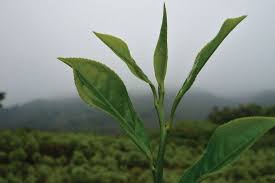
Japanese Tea Vs Indian Tea
Tea grows in many varieties.

Picture of Aracha – one of the many Japanese tea types available
There are well over twenty different types of tea in Japan. With the history of tea in Japan spanning over a thousand years, this isn’t surprising. The Japanese have mastered the art of tea cultivation. Let’s take a look at just a few of the types of tea popular in Japan.
–Matcha
Tea plants grown under shade are used to make this tea. This process allows for the tea leaves to produce more chlorophyll. The additional chlorophyll gives the tea an intense green color. Matcha is the tea commonly used in tea ceremonies.
–Sencha
Sencha is green tea made from tea plants grown in the sun. It is consumed hot or with ice and is the most popular tea in Japan
–Aracha
Aracha translates to “Wild Tea” in English. Aracha is green tea where the process of green tea keeps the original shape as it is cropped. Most green tea consumed are refined and processed green tea. In Japan, green tea is usually sold from the farmer to wholesaler where the wholesaler process and refine the tea. When green tea is provided to the wholesaler, the form of the green tea is usually Aracha where it has not been processed yet. This type of green tea is usually not distributed to consumers. However, due to being able to enjoy rich and natural taste and flavor, some fans prefer drinking this type.
Here are some more type of Japanese green tea that are popular and available.
How about Indian Tea Type? Just like Japanese tea, Indian tea are full of health benefit. Here are couple of example of Indian tea type known for health benefit.
-Assam tea
Assam tea is a black tea that is rich in antioxidants. These antioxidants can help prevent certain types of cancer. In addition, Assam tea can improve cognitive function, increasing mental alertness.
-Nilgiri tea
Nilgiri tea is rich in flavonoids and antioxidants. These two elements, respectively, help to maintain blood sugar and improve cardiovascular health.
-Chai tea
Chai tea is a combination of black tea and spices. Ginger, cinnamon, cardamom, fennel, black pepper, and clove are blended with black tea to produce a drink potent with health benefits. It can help reduce nausea, improve digestion, and reduce inflammation. It is also high in antioxidants so can help prevent cancer and cardiovascular issues.
Most prefered some snack with tea.
Is Indian tea harmful? What happens if you drink Indian tea everyday? Is milk tea bad for health?
You can’t visit India without witnessing its chai culture. Masala chai (spiced tea) is a drink consumed in almost every corner of India. Although it is consumed everywhere, chai may be spiced and prepared in completely different ways depending on the customs of the region, the town, or the person preparing it.
If you’re not sipping chai at someone’s home in India, you’re likely sipping it on a street corner. Chai “wallahs” are Indian chai makers that sit, stand, or set up shop with their chai-making gear on nearly every street corner in nearly every town in India, from big cities to desert outposts. (Think of how many Starbucks you see in a day in your own town and multiply that by 100 and you’ll get an idea of how many chai wallahs set up “shop” in India.) Each chai wallah may have his or her own style of brewing and spicing the chai they make and most prepare chai in small batches to order.
While specific preparations vary by the person preparing the chai, the tea leaves are almost always boiled with spices and then boiled again after the addition of milk and sugar. This is the opposite preparation of a British-style tea, where the tea leaves are steeped in hot water and the milk and sweetener are added later.
While the concept of a chai latte only became popular with Western consumers a decade ago, chai brewed with milk and sugar has been a way of Indian life more than a hundred years and one that will likely last for a hundred more.

Why Indian Tea is the best?
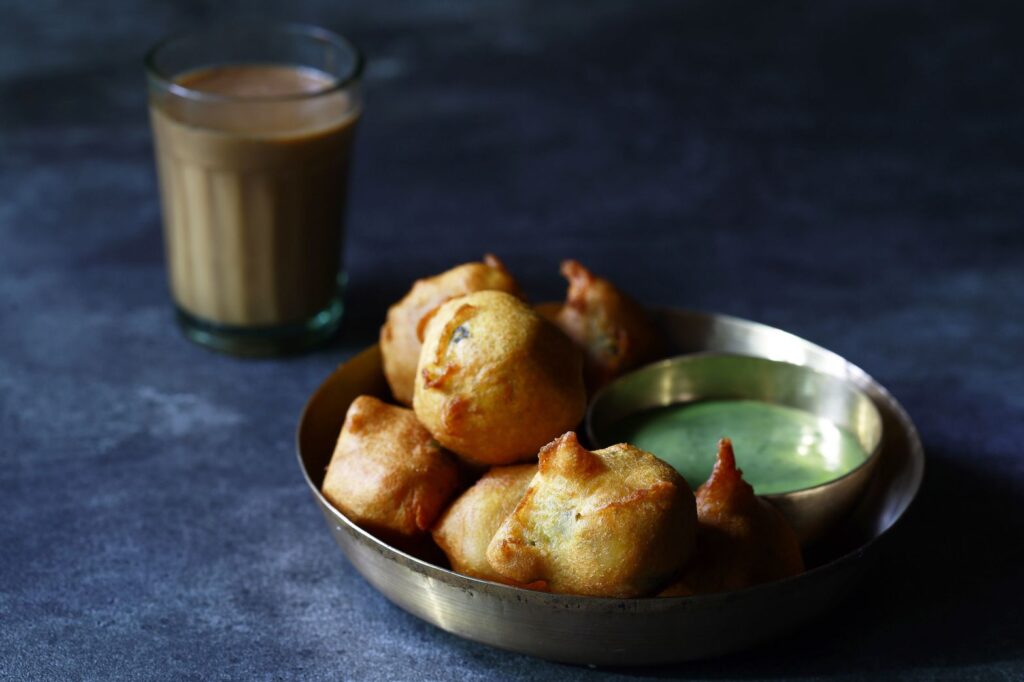
India vies with China for the title of world’s largest producer of tea. There are more than 100,000 tea estates employing millions of tea workers across the geographically and ethnically diverse subcontinent of India. Tea is so engrained in the fabric of India’s culture that 70 percent of the million or so metric tons of tea it produces is consumed by its own people.
India’s terrain defines its tea-growing regions by the subcontinent’s significant differences in climate and geography. The three main Indian tea regions are Assam, Darjeeling, and Nilgiri. Northeastern India is home to both the Assam region, located in the lush, dense jungles at the foot of the eastern Himalaya, and the Darjeeling region, which bumps up against Tibetan Himalaya and stretches between high mountain ridges and deep mountain valleys. Nilgiri, by contrast, is situated in the mountains of the southernmost tea-growing region in India. The Nilgiri (Blue Hill) Mountains feature high altitude ridges that boast lush forests and jungles where tea plants thrive.
The tea grown and produced in India varies as significantly as its population and its geography. Each tea-producing region of India provides a different yet perfect climate for tea growing, leaving us so many ways to explore the subcontinent through its culture of tea. Know more about coffee.
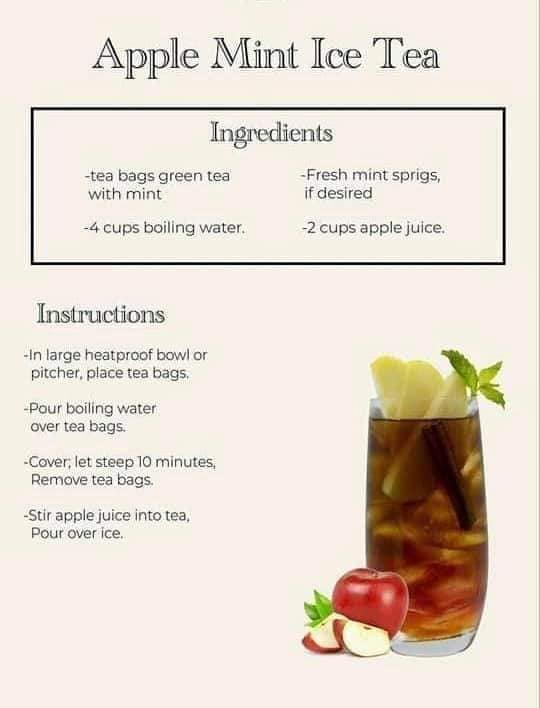
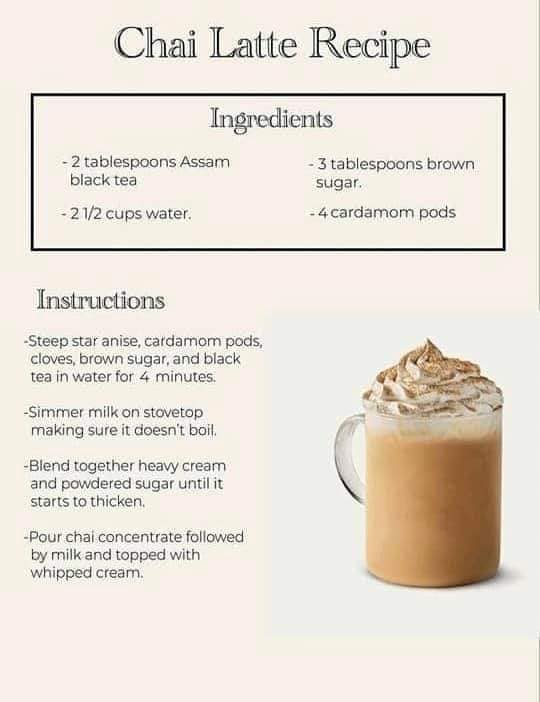
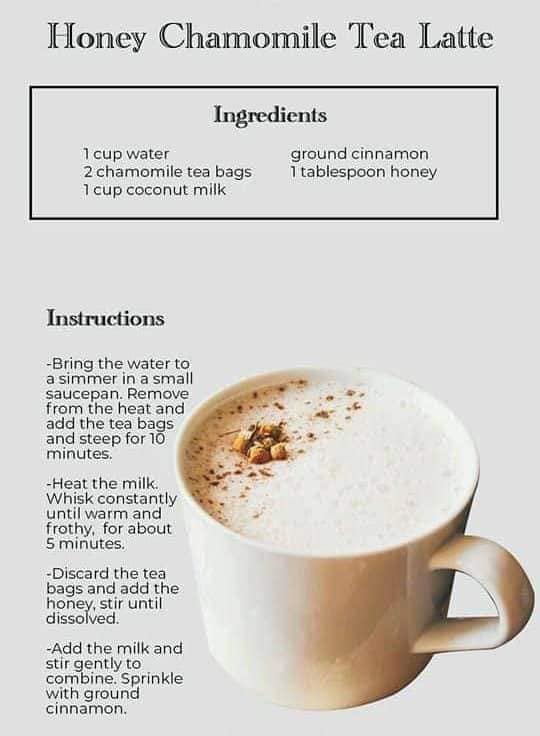
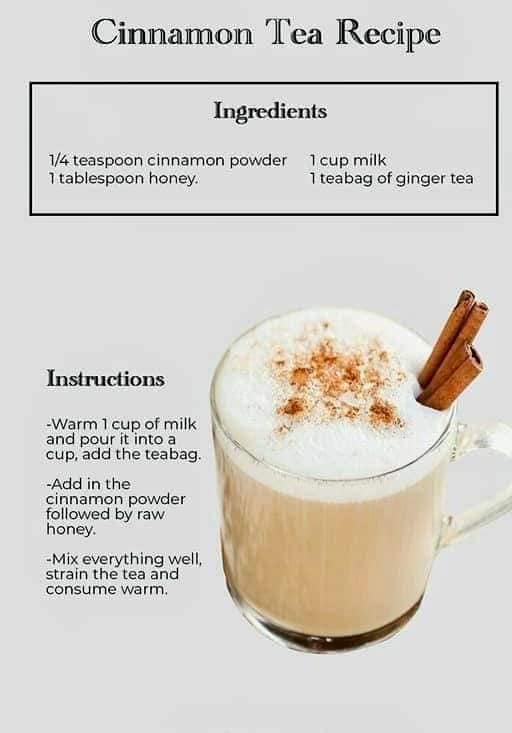
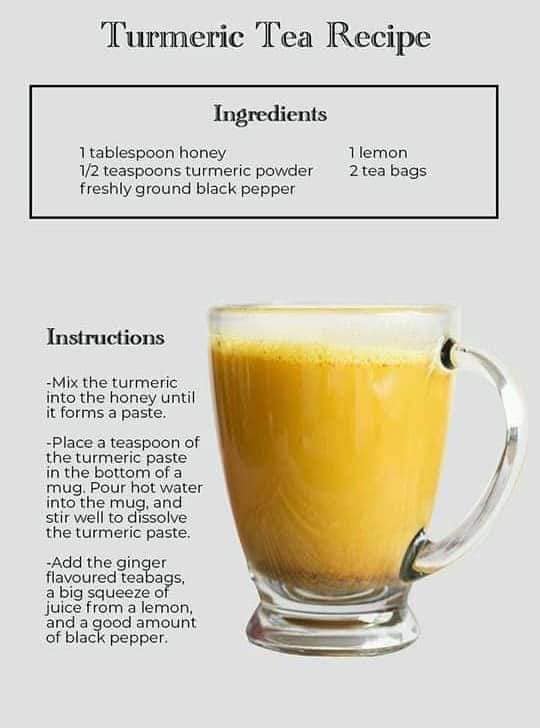
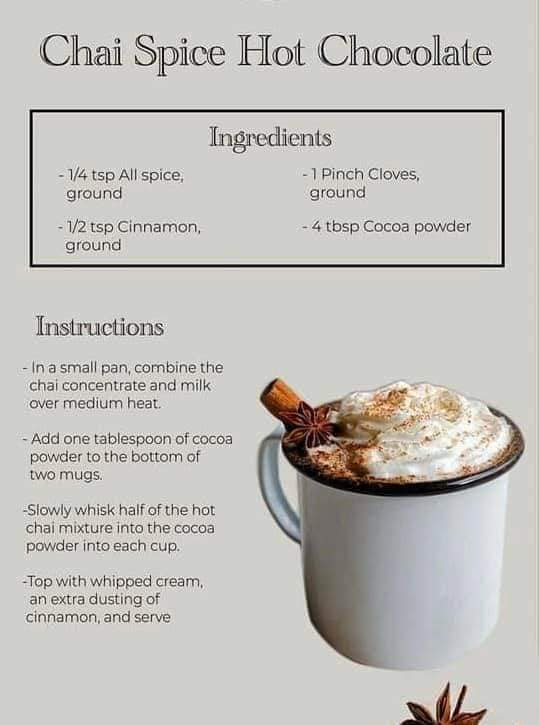
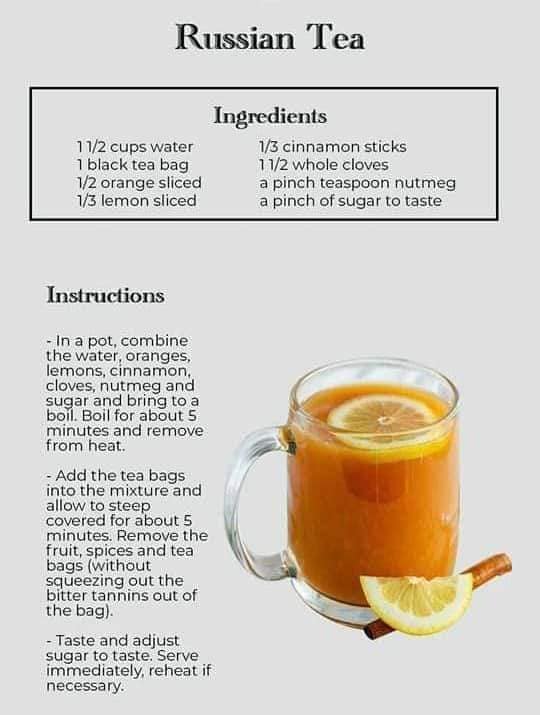
Tea remains to be the favourite and most inexpensive drink in India.

Top most festival Products FMCG consumers search today
World Wide Festive Trends Decoded What Indian festive consumers seek...
Read MoreHow right selection of FMCG Salesmen improves brand market share
How can FMCG Companies improve salesman’s technique in order to...
Read MoreHow most searched Fmcg sales and marketing words help newbie salesman
Why undestand FMCG sales management? Sales management is the process...
Read MoreHow Successful FMCG Salesman Starts his Day, a guide
How does one become a good sales executive in the...
Read More






